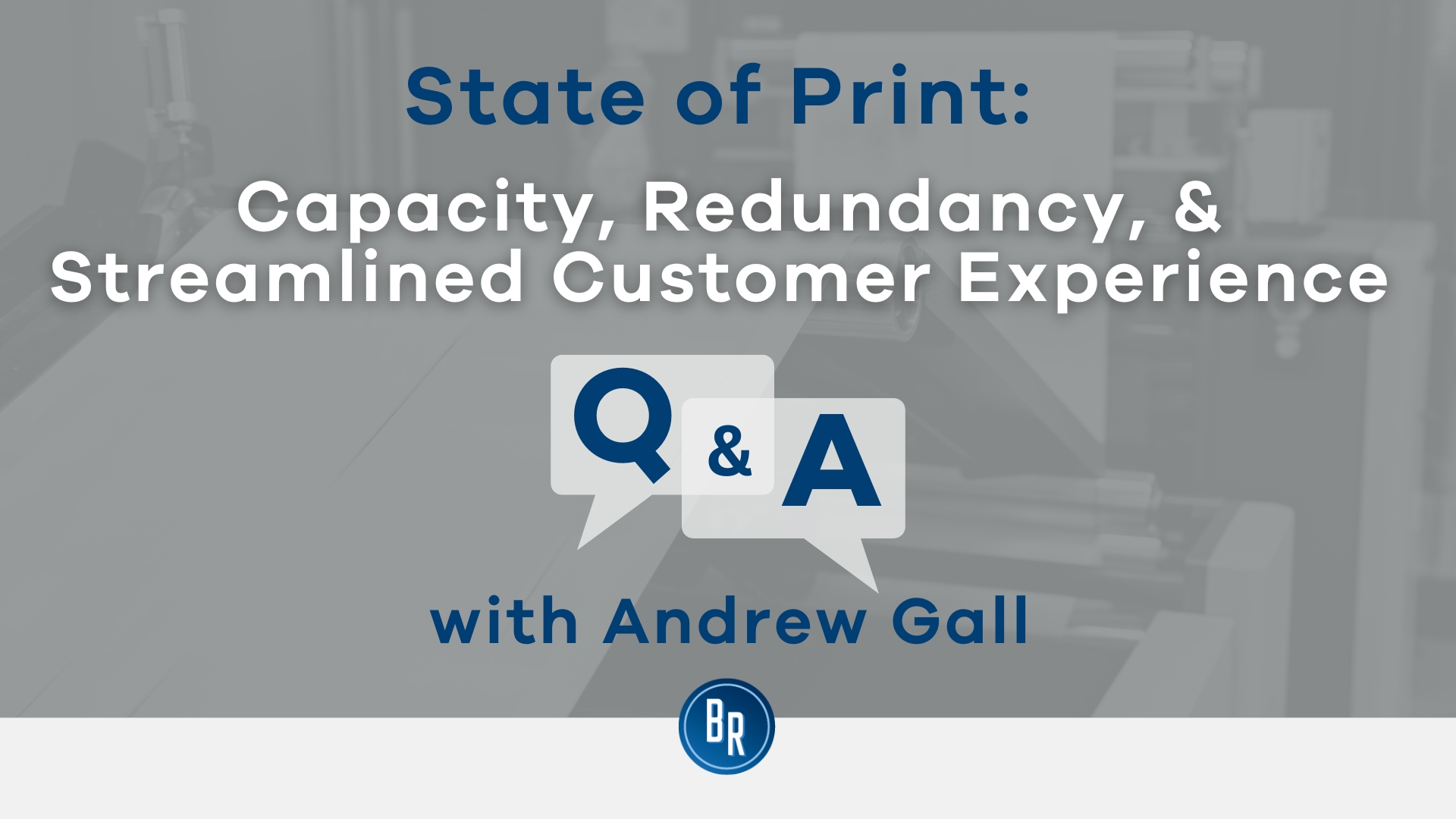Investigating the Interaction Between Business Redundancy and Business Adaptability for Future Growth
In the vibrant landscape these days's service world, the detailed connection in between firm redundancy and business flexibility becomes a crucial variable for sustained development and success. Firms often face the challenge of striking a delicate equilibrium between maintaining a degree of redundancy to alleviate threats and promoting adaptability to respond quickly to the ever-evolving market demands. This fragile interaction holds the key to not only surviving in turbulent times but likewise prospering when faced with unpredictability. As we check out the diverse measurements of this interplay, appealing insights into how companies browse these intricacies to pave the means for future development await.
Significance of Company Redundancy
Firm redundancy is a crucial component that improves organizational durability and minimizes operational risks. By integrating redundancy steps within the business framework, companies can much better withstand unpredicted disturbances and fluctuations in business environment. Redundancy functions as a calculated buffer, permitting firms to adjust and react efficiently to unforeseen difficulties without jeopardizing necessary operations.
One trick aspect of the importance of business redundancy is its duty in making certain connection throughout times of situation. When encountered with sudden adjustments or emergency situations, repetitive systems, sources, or employees can action in to maintain important features and prevent prevalent disturbances. This continuity not only safeguards the company's track record and customer count on but additionally reduces economic losses and operational downtime.

Approaches for Organizational Adaptability

Developing adaptable organizational structures that permit for fast modifications to market characteristics and client demands is essential for staying competitive in a rapidly advancing environment. By proactively determining potential disturbances and chances, organizations can proactively flourish and adjust in an ever-changing company landscape.
Balancing Redundancy and Adaptability
Attaining an unified balance between operational redundancy and organizational flexibility is paramount in navigating the intricacies of a dynamic service environment. Redundancy within a business supplies a safety and security net, making certain continuity and security in procedures. However, an unwanted read of redundancy can lead to ineffectiveness and prevent versatility to changing market conditions. On the various other hand, business flexibility permits companies to respond without delay to outside disruptions and seize new chances. Striking the ideal balance between redundancy and flexibility is a delicate procedure that needs a deep understanding of the organization's goals, sector dynamics, and danger resistance.
To achieve this equilibrium, companies require to carry out routine assessments of their procedures to recognize locations where redundancy is necessary for risk mitigation and where versatility can drive development and growth. Applying adaptable structures, fostering a society of constant knowing and renovation, and urging open interaction across all degrees of the company are essential approaches to balance redundancy and adaptability effectively. By aligning these 2 vital components, firms can place themselves for sustainable development and success in an ever-changing company landscape.
Study on Adaptation Success
In examining instances of successful organizational adjustment, it becomes obvious that the interaction between operational redundancy and versatility is a defining consider shaping click to find out more resilient companies. One compelling situation research is that of Netflix. Initially a DVD rental service, Netflix demonstrated amazing versatility by transitioning right into a streaming platform when digitalization disrupted the industry. By purposefully buying innovation and content development, Netflix not only made it through but grew in a quickly advancing market. Another standout instance is Amazon. Beginning as an online book shop, Amazon continually adjusted its business design, broadening into varied fields such as cloud computing and expert system. This adaptability permitted Amazon to stay ahead of competitors and meet changing consumer needs. Finally, Adobe offers a significant image of effective adjustment. The company changed from marketing software licenses to a subscription-based version, making sure reoccuring profits streams and boosted customer interaction. These study highlight the significance of functional redundancy combined with organizational adaptability in fostering long-term development and competition.
Structure Resilience for Future Development
Building resilience for future growth requires a strategic alignment of operational procedures with market characteristics and arising fads. Firms should adapt to altering settings by fostering a culture of versatility, development, and continual renovation. Durability includes not only recuperating from obstacles but likewise proactively preparing for future challenges. One vital element of structure strength is buying durable threat management strategies to mitigate possible interruptions. This consists of situation preparation, expanding supply chains, and establishing contingency plans for numerous backups (who pays redundancy money).
Furthermore, promoting solid partnerships with stakeholders, such as customers, workers, distributors, and the neighborhood, is important for weathering unpredictabilities and keeping depend on and support during turbulent times. Effective communication and openness play a crucial function in building strength, as they help help with and straighten assumptions partnership in navigating unpredictabilities.
In addition, organizations need to focus on understanding and development efforts to upskill workers and furnish them with the required tools to adjust to changing scenarios. By spending in their labor force, business can enhance their flexibility and dexterity, ultimately reinforcing their durability for lasting future growth.
Verdict

In the dynamic landscape of today's organization world, the elaborate partnership in between business redundancy and organizational versatility arises as a crucial variable for continual development and success. Business commonly face the challenge of striking a fragile balance in between preserving a level of redundancy to alleviate risks and promoting versatility to click this react quickly to the ever-evolving market needs.To attain this balance, firms require to conduct normal evaluations of their operations to determine areas where redundancy is required for danger mitigation and where adaptability can drive technology and growth.In conclusion, the interaction in between firm redundancy and organizational flexibility is vital for future growth. Structure strength via a mix of redundancy and flexibility will certainly make sure that business are prepared for the obstacles of the future.